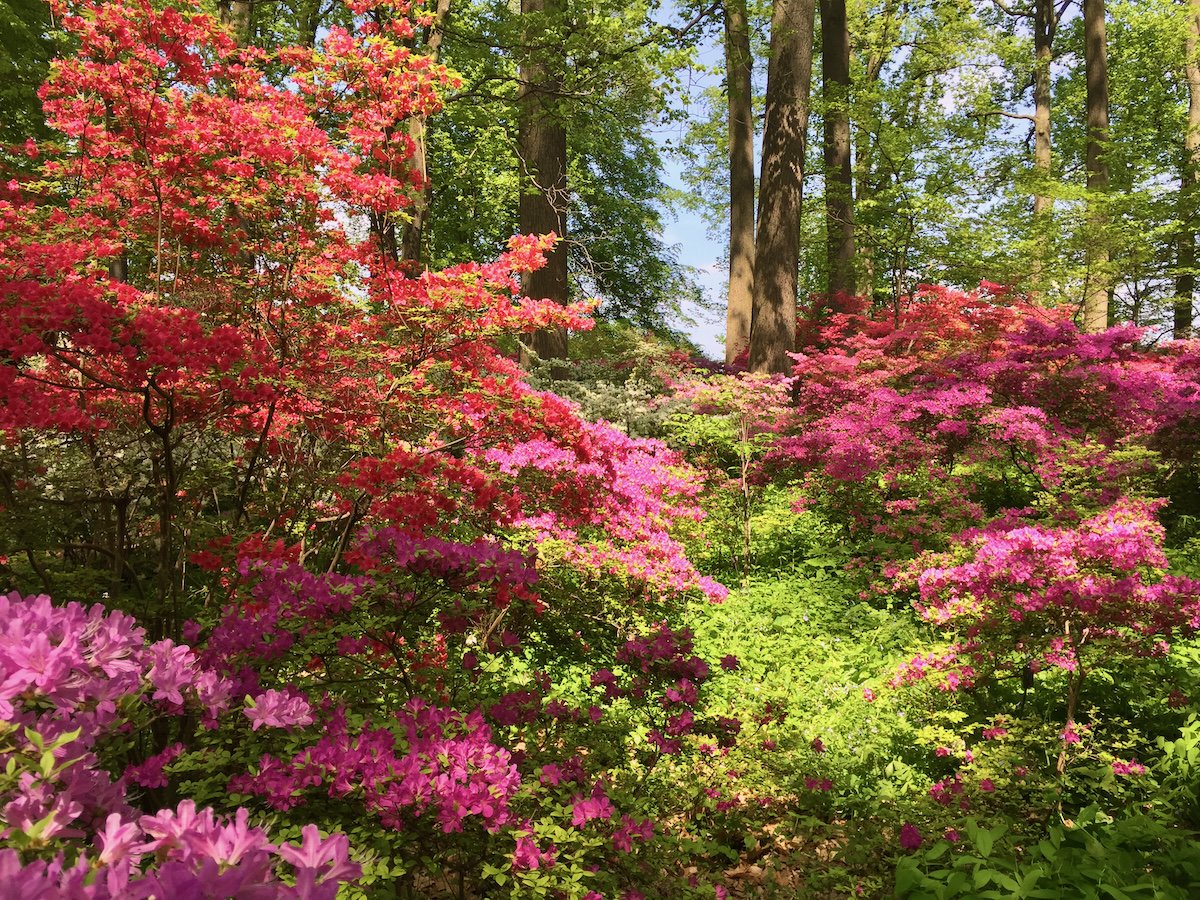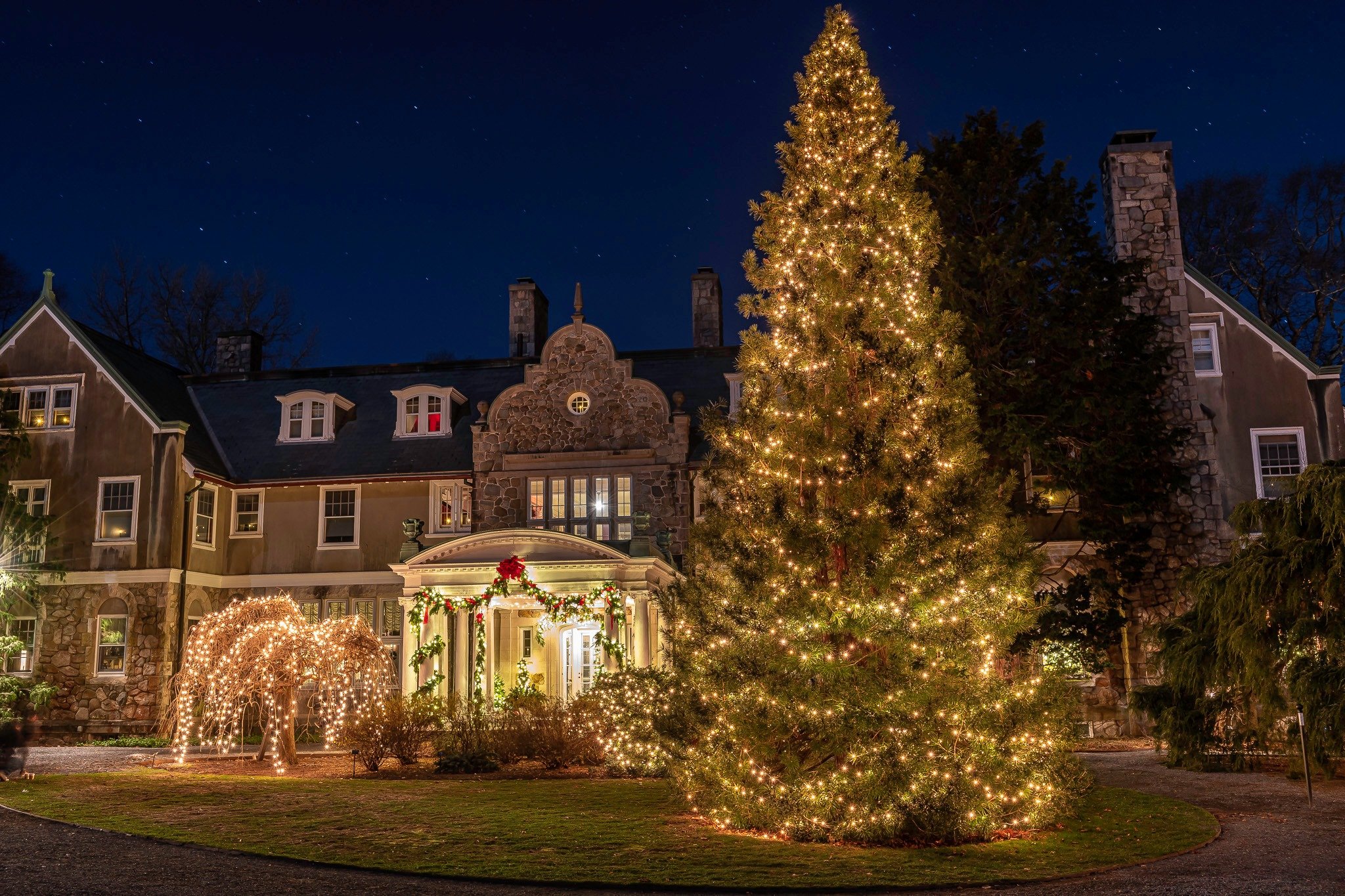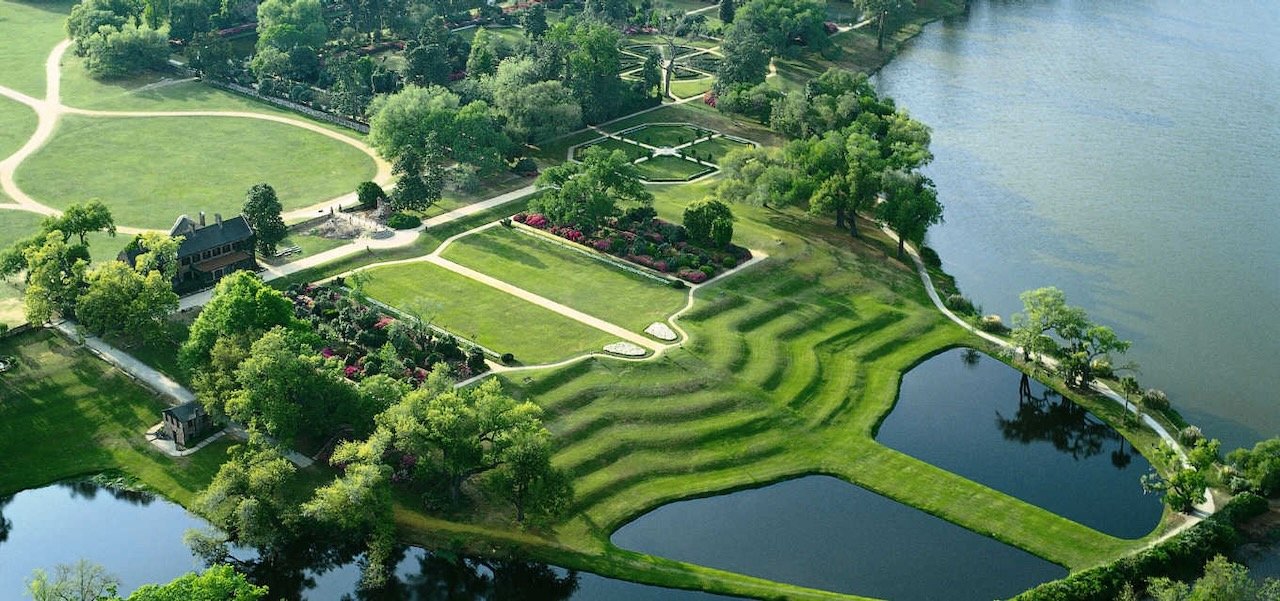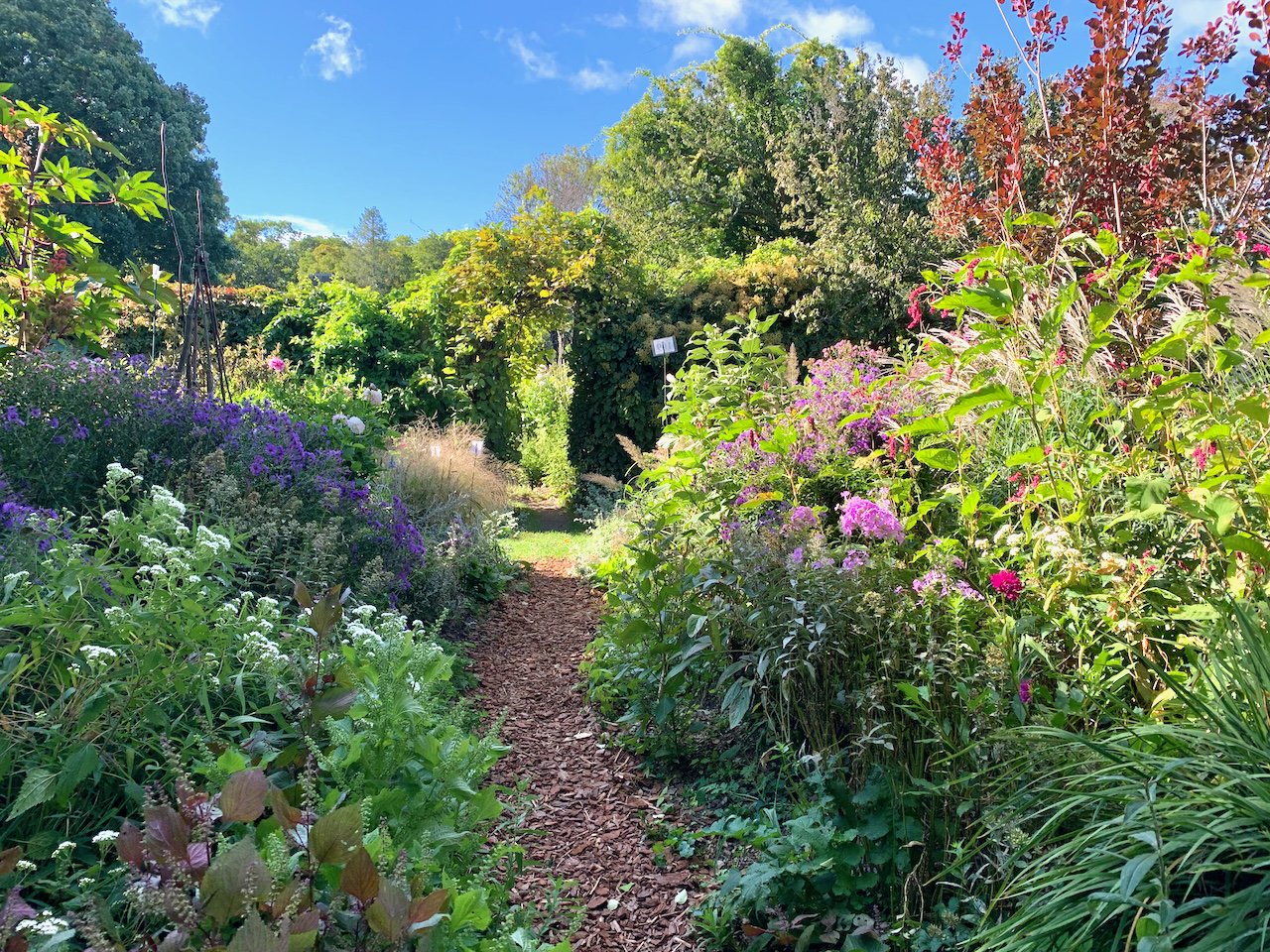Counting Callerys
/By Joan Butler
During the past year, I decided to make use of my “down time” by taking advantage of lectures on gardening and horticulture that were offered via Zoom. Thank goodness for Zoom! I also decided that this would be the perfect time to continue my studies in the National Garden Club’s Environmental School program. The State Garden Club of Missouri was offering Course 2 remotely in March at a time that worked for me, so I signed up. It was a great course, and it was especially relevant because, although many of the environmental issues affecting Missouri are different than the issues that affect us here in New England, I found that many of them are exactly the same.
Malissa Briggler, the head botanist of the Missouri Department of Conservation, was the instructor for the class on “Endangered Plant Species of Missouri”. She also talked about plants that are on the Missouri invasive plant list and their impact on native plants. According to the World Wildlife Fund, Massachusetts is in the “temperate broadleaf and mixed forests” biome, and Missouri is in the “temperate grasslands, savannas and shrublands” biome. Two very different environments, but the overlap of invasive plants on the list for both states was sobering: Japanese knotweed, burning bush, Autumn olive, purple loosestrife, Oriental bittersweet, garlic mustard, mutiflora roses – and the list goes on and on. At first, it was discouraging to realize that the thugs we battle here in Massachusetts are so widespread beyond our state that it is obvious they are here to stay. But it also underscored the fact that environmental issues are not just local issues, they are national/global issues that involve us all.
Bradford Pear saplings on the side of the road
One of the plants on the Missouri invasive list is Bradford or Callery pear. This was discussed at length because of its impact in displacing native plants and overtaking open fields. This reminded me that Doug Tallamy (author of Bringing Nature Home) spoke about the invasive tendencies of Bradford pear at a program I attended a few years ago. And recently, Uli Lorimer, of the Native Plant Trust, said that Bradford pear was a plant that was being watched.
Callery pear is native to Asia. It was brought to the US in the early 1900s because of its resistance to fire blight. Hybridizing efforts ultimately produced a cultivar with an upright rounded shape, white flowers, no thorns and red fall foliage. It was named ‘Bradford’ and was introduced by the US Department of Agriculture as an ornamental landscape tree in the 1960s. Bradford pears are considered self-incompatible, which means they cannot be self-pollinated, nor can they be cross-pollinated by another tree of the same cultivar because they are all genetically the same. But, in time, other cultivars were introduced commercially (eg. ‘Chanticleer’, ‘Aristocrat’, ‘Autumn Blaze) which led to opportunities for cross-pollination and abundant fruit formation. Birds and other animals eat the fruit and spread the seed far and wide.
As is typical of apple or other pear trees, the seeds produced by Callery pear cultivars do not come true to type. They are often more like the original wild types, and many now bear thorns just like the wild types. They grow densely along roadsides, fields, disturbed areas at the edge of woodlands and in open woods. Although pollinators may be attracted to the flowers, our native insects do not feed on the leaves, which means that Callery pears are a “food desert’ for many songbirds that rely on insects for food. Additionally, they leaf out before many of our native trees do and hold onto their leaves longer in the fall.
Bradford pears are nearing the end of their bloom cycle here in Metrowest Boston. They are very identifiable because of their early bloom time, profusion of white flowers and upright rounded shape. Because I had learned more about them so recently, I became very aware of just how prevalent they are here. They are street trees, neighborhood trees, lawn trees, park trees – they are everywhere! I noticed some areas where they had shown up along roads, and one area with a dozen or so along the edge of a vacant lot. I’ll be on the watch for fruit later in the season.
In Missouri , in celebration of Arbor Day, homeowners have been offered a free sapling of a native tree if they show pictorial proof that they have cut down a Callery pear cultivar on their property. Clemson University Extension in South Carolina has offered a similar “buy back” program. It’s hard to predict if it will come to that here in Massachusetts, but in light of the fact that so many of the plants that are on our Invasive Plant List are also on the Invasive Plant Lists of other states, it is certainly something of which we should be aware.







































